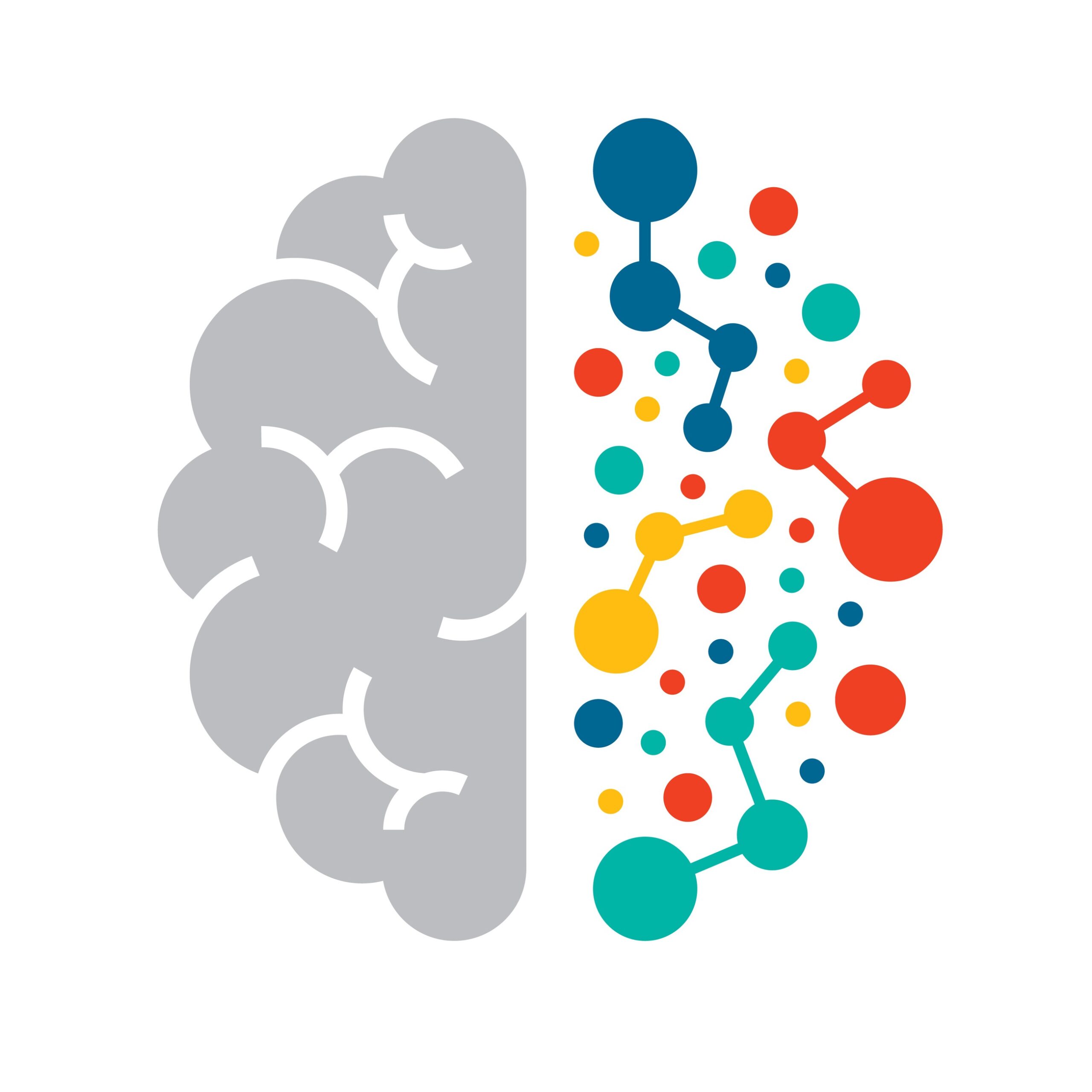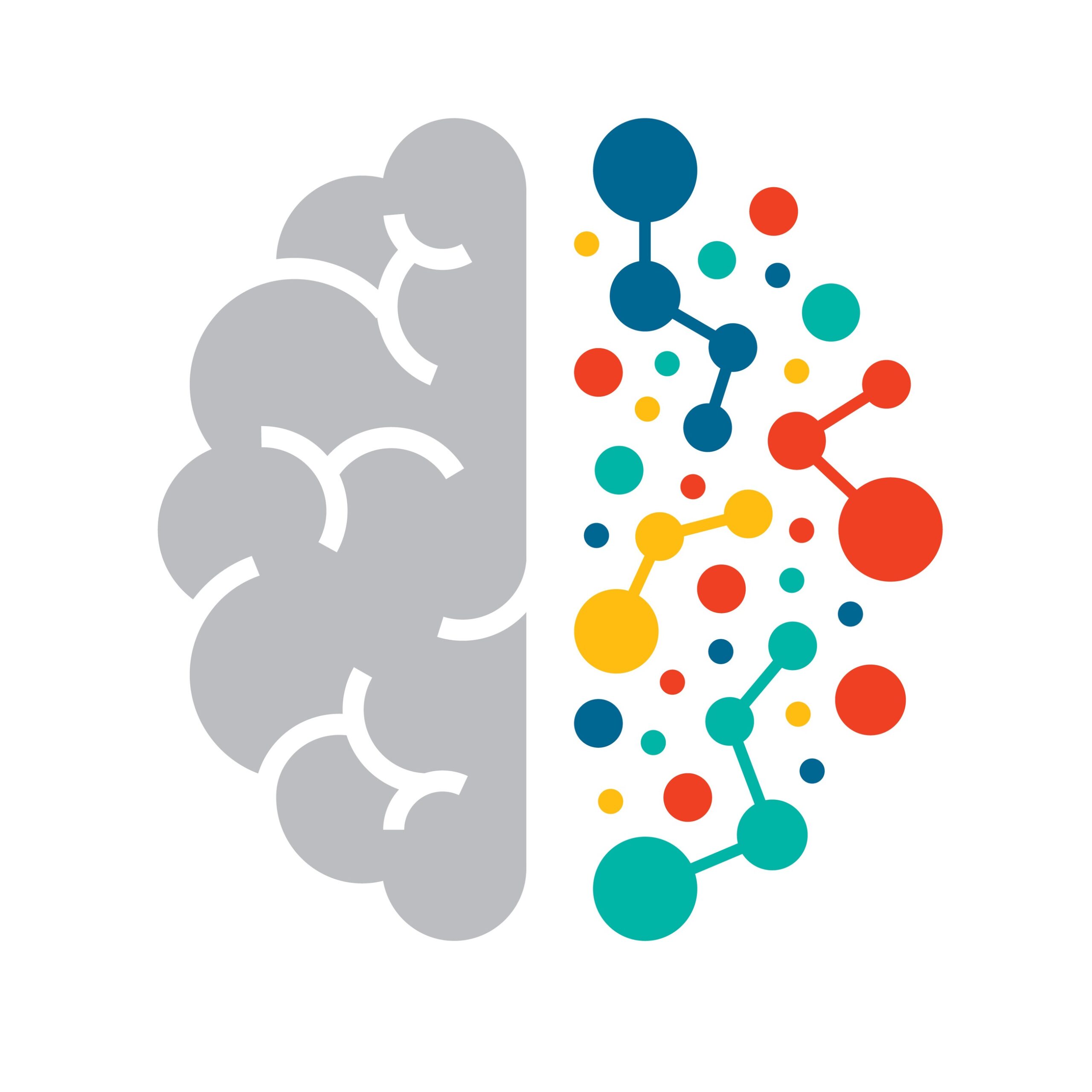In today’s fast-paced work environment, understanding the intricate link between neuroscience and employee wellbeing is more crucial than ever. Recent advances in neuroscience have shed light on how our brains function in the workplace, offering valuable insights into enhancing well-being and productivity.
The Brain at Work: Stress vs. Performance
Neuroscience tells us that the brain operates optimally in environments that balance challenge and support. Stress, often viewed negatively, can be beneficial in short bursts, enhancing focus and performance. However, chronic stress triggers the brain’s ‘fight or flight’ response, impairing cognitive functions such as problem-solving, memory, and decision-making. Recognizing the thin line between healthy and harmful stress is key to fostering an environment that promotes well-being and productivity.
The Role of Neuroplasticity
Neuroplasticity, the brain’s ability to reorganise itself by forming new neural connections, plays a pivotal role in workplace wellbeing. Continuous learning and development opportunities can stimulate neuroplasticity, leading to improved cognitive functions and resilience. By encouraging growth and learning, organisations can support their employees’ mental agility and adaptability, crucial traits in the ever-evolving workplace landscape.
Creating a Neuro-friendly Workplace
A neuro-friendly workplace prioritises aspects that enhance cognitive functions and overall well-being. This includes:
- Mental Health Support: Providing resources and a supportive culture for mental health can help mitigate the effects of stress and prevent burnout.
- Mindful Workspaces: Designing workspaces that offer natural light, quiet areas, and communal spaces can improve concentration and foster social connections, both vital for mental well-being.
- Encouraging Breaks and Downtime: Regular breaks away from workstations can boost creativity and productivity by allowing the brain to rest and recharge.
- Promoting Physical Activity: Physical activity is not only good for the body but also for the brain, enhancing mood and cognitive function through the release of endorphins.
The Impact of Emotional Intelligence
Emotional intelligence (EQ) is another aspect where neuroscience and workplace well-being intersect. A high EQ in leadership can lead to more empathetic and effective management practices, creating an environment where employees feel valued and understood. This emotional connectivity can significantly reduce workplace stress and enhance team cohesion.
Conclusion
Integrating neuroscience insights into workplace well-being strategies offers a science-backed approach to enhancing employee health, engagement, and performance. By understanding and catering to the brain’s needs, organisations can create an environment that not only supports the well-being of their employees but also drives innovation and success in the modern workplace.


Leave a Reply